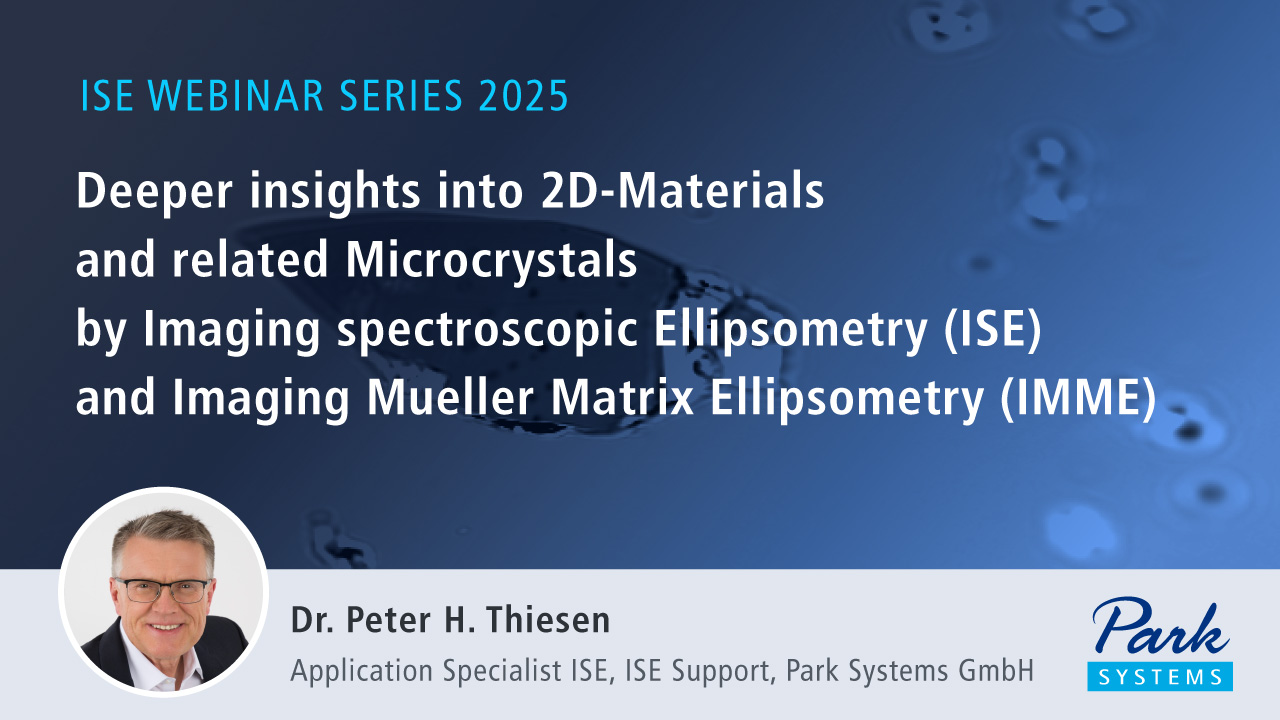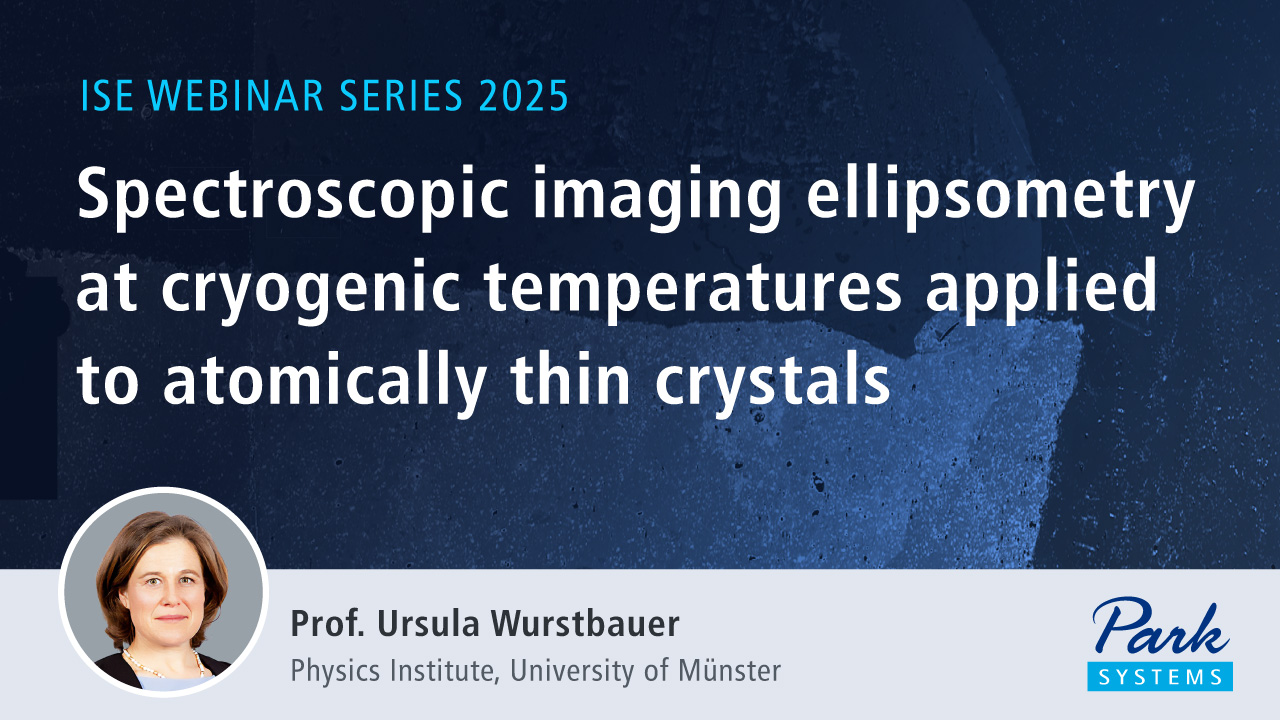SPEAKERS

-
Georgy Ermolaev
Emerging Technologies Research Center, XPANCEO, Dubai00000, United Arab Emirates
Georgy Ermolaev received a Ph.D. in “Broadband optical properties of MoS2 for photonic applications” in 2022 from the Moscow Institute of Physics and Technology. After receiving a Ph.D. Georgy Ermolaev became Research Studies Manager in Xpanceo (Dubai, United Arab Emirates), a deep tech company specializing in next-generation optoelectronic devices. In 2023 Georgy Ermolaev also joined the University of Rome Tor Vergata (Rome, Italy) as a Visiting Researcher. His research interest encompasses various areas, such as ellipsometry, 2D and quantum materials, integrated nanophotonics, biosensors, plasmonics, scanning near-field optical microscopy, and smart contact lenses. Georgy Ermolaev has an impressive publication record, with over 50 published papers and more than 1500 citations during the last 5 years.
- Access Speaker Publications
SPEAKERS
-

- Georgy Ermolaev
- Emerging Technologies Research Center, XPANCEO, Dubai00000, United Arab Emirates
Authors
Related Contents

Deeper insights into 2D-Materials and related Microcrystals by Imaging Spectroscopic Ellipsometry (ISE) and Imaging Mueller Matrix Ellipsometry (IMME)

Imaging Müller Matrix Ellipsometry for Quantifying Dielectric Tensors of Molecular Microcrystals as well as Analyzing Engineered Microstructures


